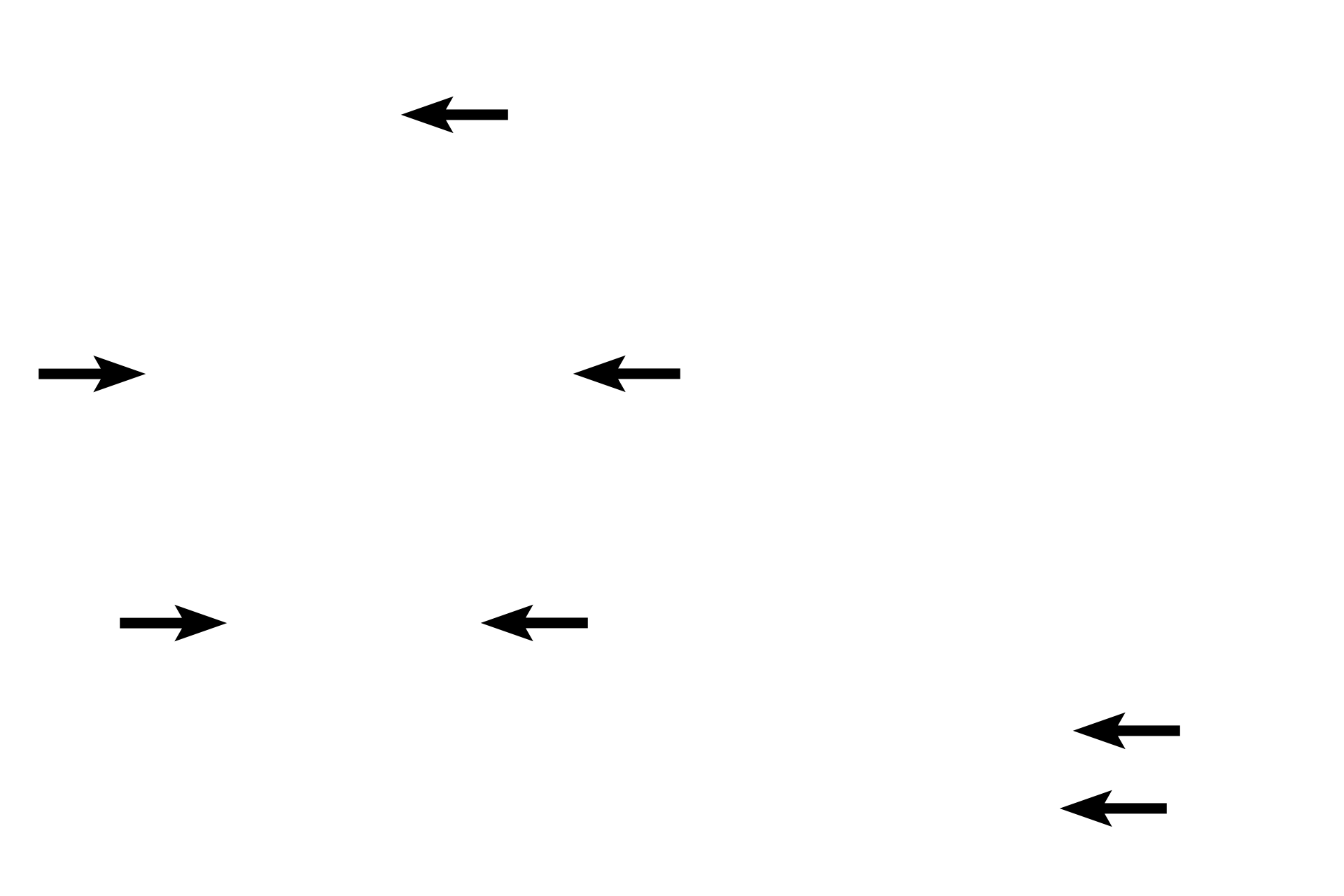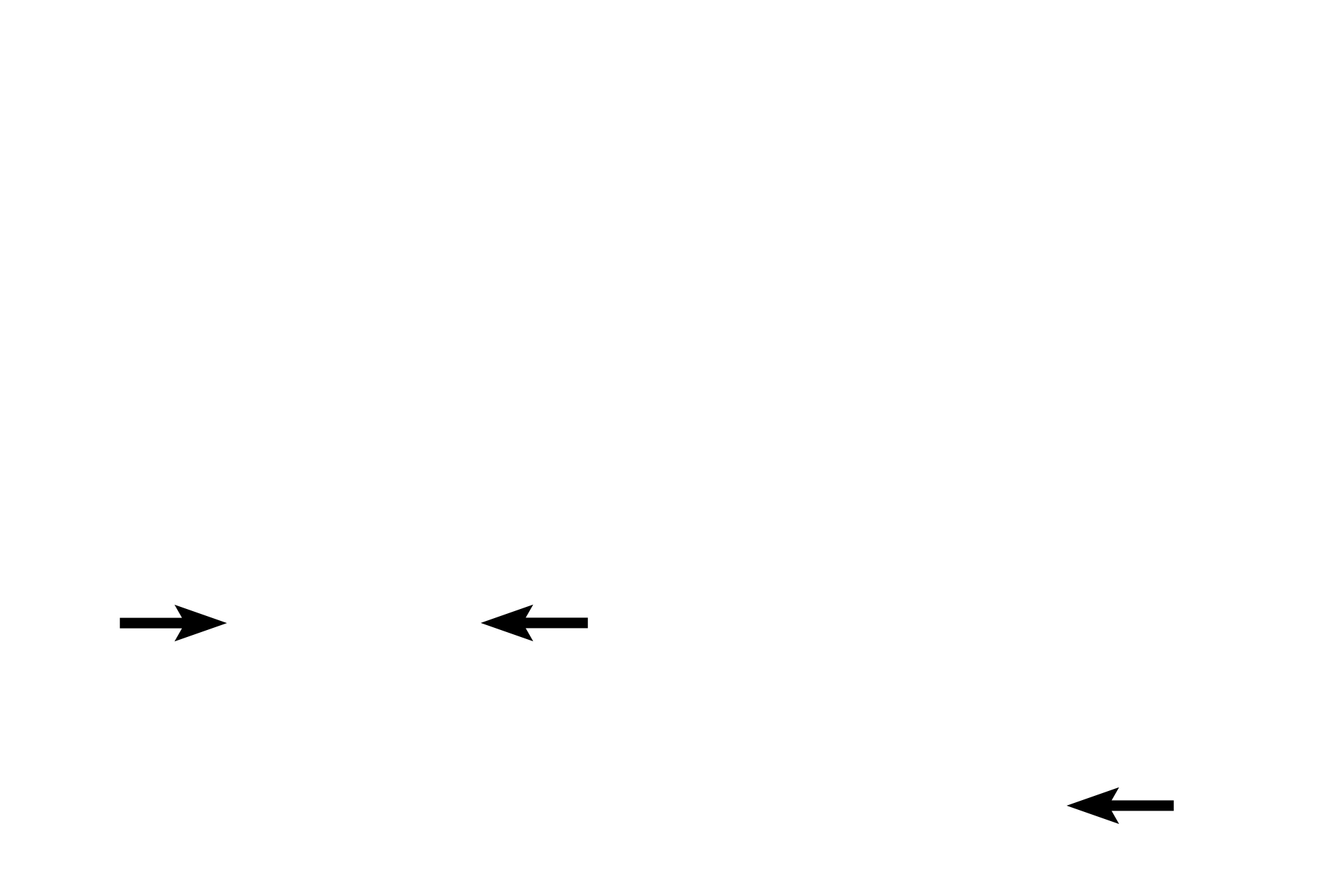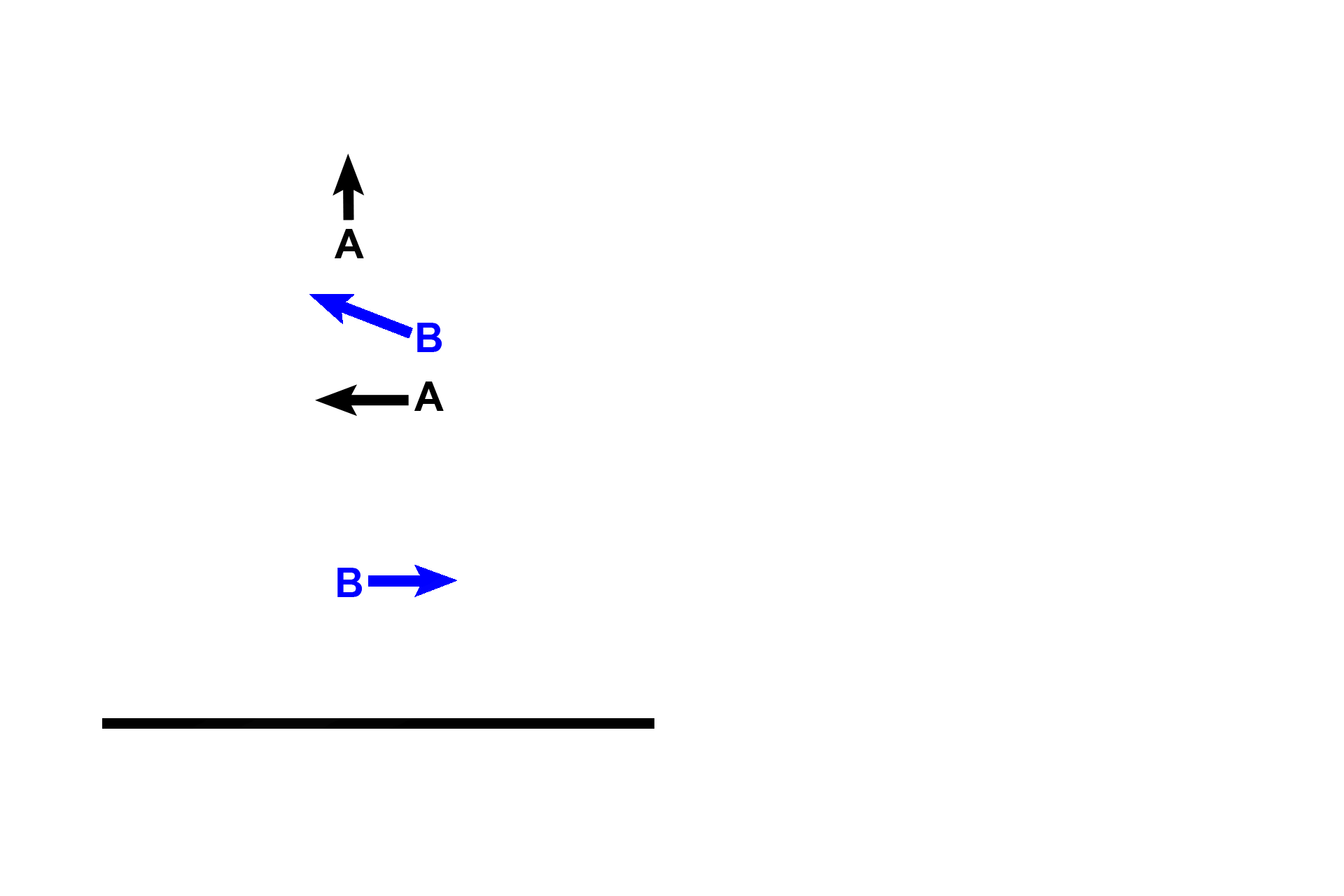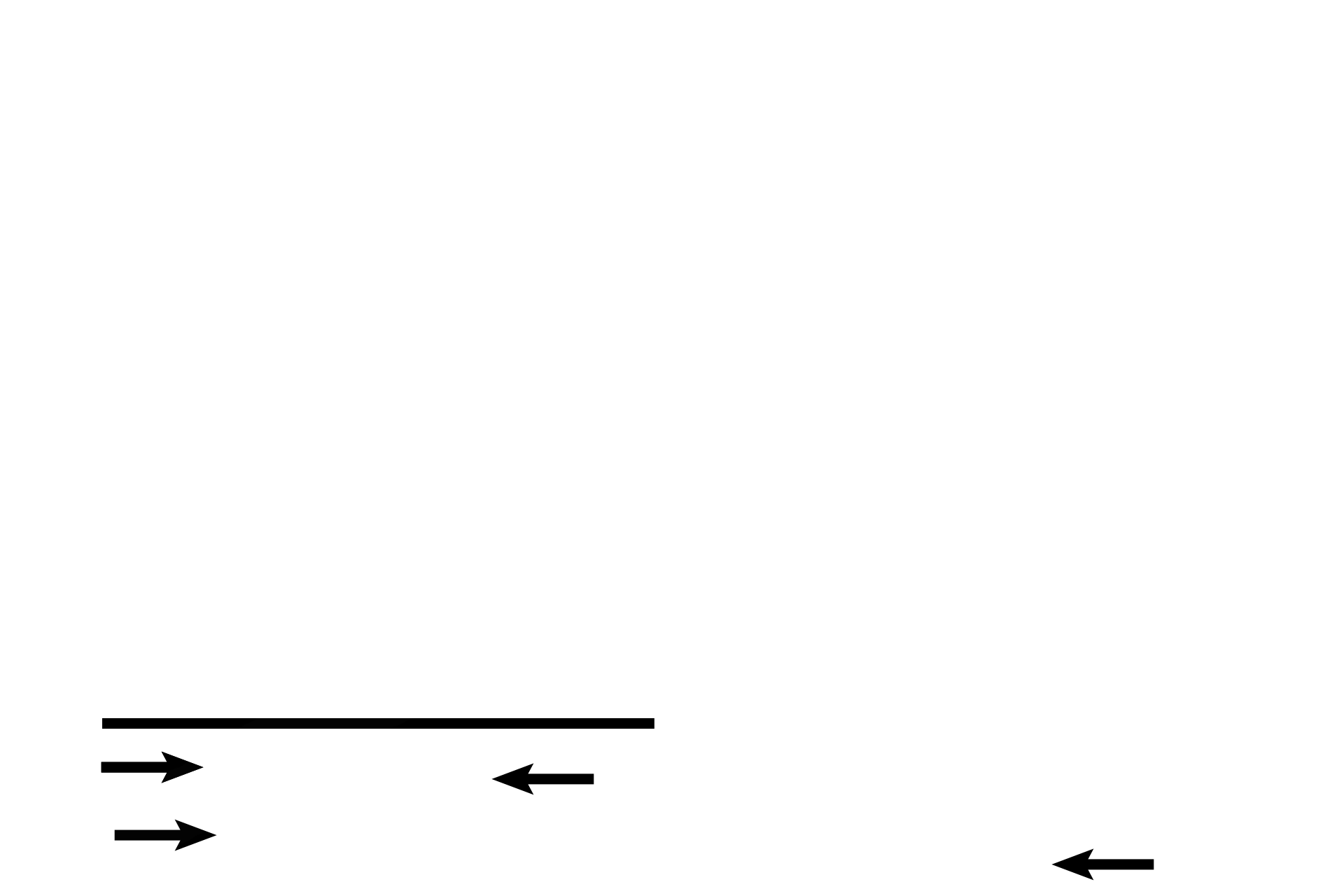
Larynx
The larynx (above the black line) is an extrapulmonary passage that is part of the conducting portion of this system. A longitudinal section through the larynx displays the vocal apparatus as well as the cartilages providing support for the organ. The vocal apparatus is composed of the more superiorly located ventricular folds (false focal folds), the true vocal folds, and the space (ventricle) separating the two pairs. 10x

Cartilages >
Cartilagenous support for the larynx is provided by three large cartilages and multiple smaller ones (not seen here).

- Epiglottis >
The epiglottis is composed of elastic cartilage and guards the entrance to the larynx.

- Thyroid cartilage >
The large thyroid cartilage is composed of hyaline cartilage and protects the anterior and lateral sides of the larynx.

- Cricoid cartilage >
The cricoid cartilage, also composed of hyaline cartilage, encircles the larynx, providing the major posterior support.

Ventricular folds >
The paired ventricular folds (false vocal folds) lie superior to the true vocal folds. The false folds are covered by pseudostratified columnar epithelium overlying a connective tissue containing adipose tissue and mucoserous glands.

Vestibule >
The vestibule separates the two ventricular folds.

Ventricle >
The ventricle is a space below the ventricular folds, separating them from the vocal folds beneath.

Vocal folds >
Each true vocal fold houses a vocalis muscle that alters the length and tension of the fold. The vocal ligament (dense regular elastic connective tissue) maintains tautness in the edge of the fold but cannot be differentiated from collagen with this hematoxylin and eosin stain. The vocal fold is covered by a stratified squamous moist epithelium.

- Vocalis muscle
Each true vocal fold houses a vocalis muscle that alters the length and tension of the fold. The vocal ligament (dense regular elastic connective tissue) maintains tautness in the edge of the fold but cannot be differentiated from collagen with this hematoxylin and eosin stain. The vocal fold is covered by a stratified squamous moist epithelium.

- Vocal ligament
Each true vocal fold houses a vocalis muscle that alters the length and tension of the fold. The vocal ligament (dense regular elastic connective tissue) maintains tautness in the edge of the fold but cannot be differentiated from collagen with this hematoxylin and eosin stain. The vocal fold is covered by a stratified squamous moist epithelium.

Epithelia >
Laryngeal epithelium varies depending on the stress it undergoes. Stratified squamous moist epithelium (A) normally lines the epiglottis and the true vocal folds, areas that undergo continual stress. Respiratory epithelium (B), lining the remainder of the larynx, may be converted to stratified squamous moist in cases of irritation, such as in the larynx of a smoker.

Trachea >
The trachea begins at the inferior border of the larynx just beneath the cricoid cartilage (below line). The patency of the trachea is maintained by C-shaped, hyaline-cartilage rings (arrows).